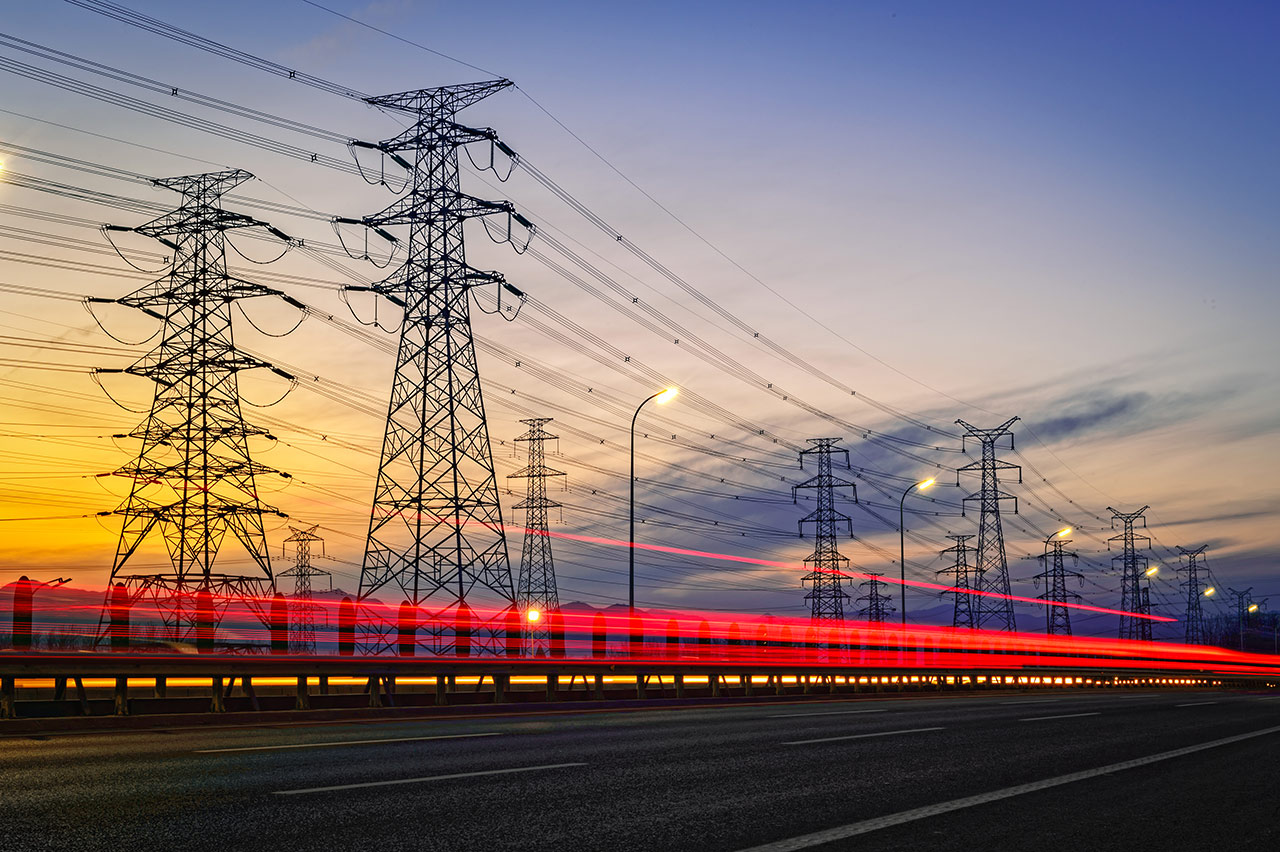The production and consumption of energy are the fundamentals of an energy system. In between lies energy storage and energy distribution. There’s much talk of energy production and consumption patterns, but the storage capabilities and the infrastructure needed for energy distribution are less discussed.
This is true especially in energy intensive sectors – buildings (heating and cooling), transport and industry – which still rely heavily on fossil fuels. In order to successfully complete this transition, the energy system as a whole – including storage and distribution – must adapt to, and support, electrification. Renewable electricity storage is necessary for managing the imbalance between supply and demand – a need complicated by the variability and unpredictability of our most important renewable energy sources, namely solar and wind power.
Storing electrical energy isn’t as straightforward as in the case of fossil fuels. The electricity must be converted to a different form: chemical (batteries), potential energy (pumped hydro, compressed air), or thermal energy (heat). In addition, electricity can be used to produce gases or liquid fuels which can be stored.
From an energy end-use point of view, converting electricity to heat or using it in fuel production are the most viable alternatives for replacing fossil fuels. The common term for this is power-to-x (P2X) solutions, and it refers to the conversion of electricity into another form of energy. The beauty of this solution is that it goes a long way in solving the challenge of storing and distributing the electricity. Power-to-x takes advantage of our current networks of storage and distribution, which are centered around liquid and gaseous energy. This brings down the costs of transitioning toward a carbon neutral energy system. Moreover, it will join the power sector and end-use sectors together, bringing flexibility and reliability to the overall system – in general referred to as sector coupling (power-to-x is covered in more detail in the next chapter).
The following sections describe how direct and indirect electrification will play an important role in the energy transformation of our main end-use sectors.
Transport sector decarbonisation includes the use of biogas or biofuels, batteries, hydrogen or synthetic fuels.
Apart from biogas and biofuels, all other alternatives are connected to the power system. Either directly in the form of battery electric solutions, or indirectly in the form of power-to-gas solutions like hydrogen and synthetic natural gas, or power-to-liquid solutions like liquid synthetic fuels.
The three sectors – aviation, marine and road freight transport – have the highest potential for using power-to-x-based synthetic fuels. Direct electrification is not an option, and biofuels have limited scalability due to sustainably available biomass.
The heating and cooling sectors are moving away from combustion-based production. Decarbonisation is driven by solar thermal and geothermal installations, as well as power-to-heat installations, and, to some extent, through the use of biomass and power-to-gas installations. In geothermal heating and cooling production, medium deep and deep boreholes will make a breakthrough. To better integrate the heating sector into the electricity-based energy systems, heat pumps are considered a key technology. Heat pumps use electricity to circulate hot and cold liquids, using the heat from the air, geothermal heat or ground water.
Another power-to-heat solution focuses on using excess electricity to heat up large amounts of water, which can either be stored for seasonal use or used directly in district heating networks. Excess heat from industry and data centres will also be important elements in the future for district heating system. In addition, synthetic gases can be used in the heating sector instead of fossil natural gas.
Depending on the specific industrial process needs, all power-to-x technologies such as power-to-gas, power-to-heat or power-to-liquid can be used to electrify the industry sector. It’s important however, to remember that measures to reduce CO₂ often drive up the overall electricity demand, although CO₂ intensity of the energy system goes down. To illustrate, one prominent technology in the low-carbon steel industry is to use hydrogen for iron reduction instead of coal.
This has a dramatic impact on the electricity demand but doesn’t necessarily increase the net energy consumption. Coal has a higher energy density and a higher CO₂ content than renewable electricity. Replacing coal in the steel industry with hydrogen made from renewable electricity requires a lot of power.
Industry has another important interface with power-to-x technologies. Industry can provide the CO₂ needed in a power-to-x supply chain by utilising carbon capture technologies. Carbon capture and utilisation (CCU) is an important part of the industry decarbonisation toolbox as there are emissions which are difficult to avoid in production of e.g. steel and cement.
The energy transition can only be achieved, if the ways to supply, transform and use energy change. Sector coupling will play a significant role in creating the pathway towards a renewable-based energy system. Sector coupling can be defined by two overlapping approaches; end-use sector coupling and cross-vector integration.
The combination of end-use sector coupling with cross-vector integration is the preferable pathway towards a renewable-based energy system.
-
What we need is a sustainable carbon cycle, that captures carbon and releases it back to the atmosphere in equal measure.

Enormous potential lies in developing synthetic fuels. They could feed off of the carbon in the atmosphere, as well as the green electricity production we still need to invest in.

